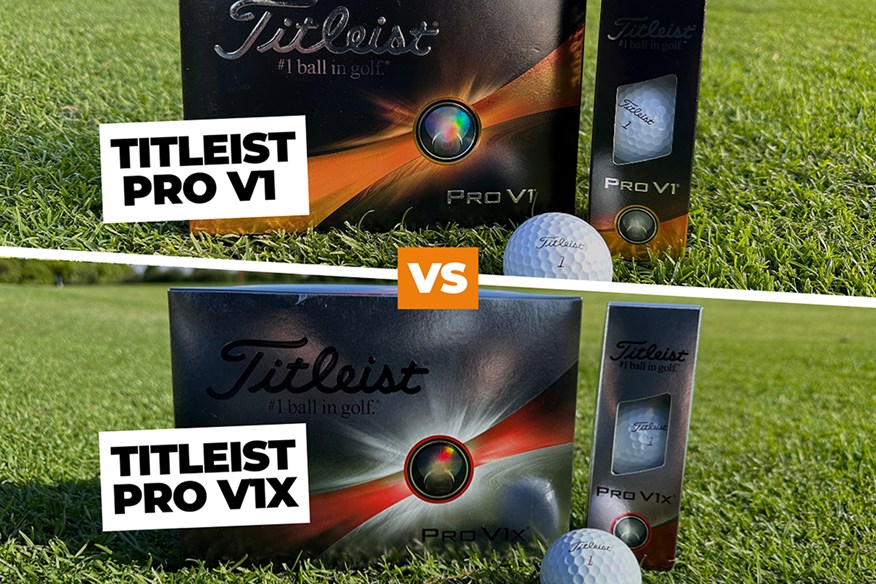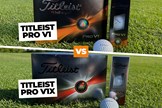Pro V1 or Pro V1x? We put Titleist’s flagship golf balls head-to-head on a robot!
Last updated:
Wondering which Titleist Pro V1 model is best suited to your game? Here’s what the robot had to say when we pitched the tour’s most popular balls against each other.
Jump To:
In our 2024 Golf Ball Robot Test we put another 24 models through their paces, including the unequivocal No.1 ball in golf – the Titleist Pro V1 and Pro V1x.
You only need to scroll through the ‘What’s In The Bag’ pages of the world’s best players to see just how widely used Titleist’s flagship ball is. Now in its 24th season on tour, the latest iterations of the Pro V1 and Pro V1x are used by upwards of 70% of fields on a weekly basis.
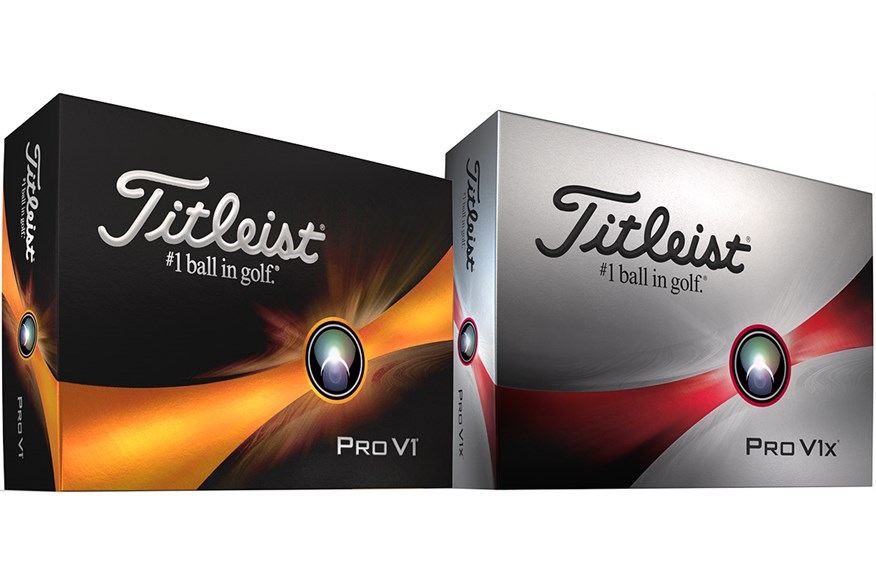
It’s more than understandable therefore why many club golfers, regardless of skill level, would want to game the best premium balls that money can buy. After all, the golf ball is the only piece of equipment used for every shot which in the minds of many helps justify a higher-than-average cost per yard price compared to many models aimed at amateur players.
So whether you fit the Titleist’s target market for the Pro V1 or Pro V1x, or aspire to it, our robot-informed results should at the very least help you decide which model is best suited to your requirements. And if after reading through the headline numbers you find yourself questioning if there is a better option altogether, then we have empirical data from a further 22 balls and 28 more from 2023’s testing for you to dive into.
How do the specs compare?
| Titleist Pro V1 | Titleist Pro V1x | |
| Construction | 3-piece | 4-piece |
| Cover | Urethane | Urethane |
| Dimples | 388 | 348 |
| Compression | 87-90 | 97-100 |
| Colors | White, Yellow | White, Yellow |
| RRP | $54.99 / £50.00 per dozen | $54.99 / £50.00 per dozen |
| PGA / LPGA Tour pros | 87 / 59 | 106 / 76 |
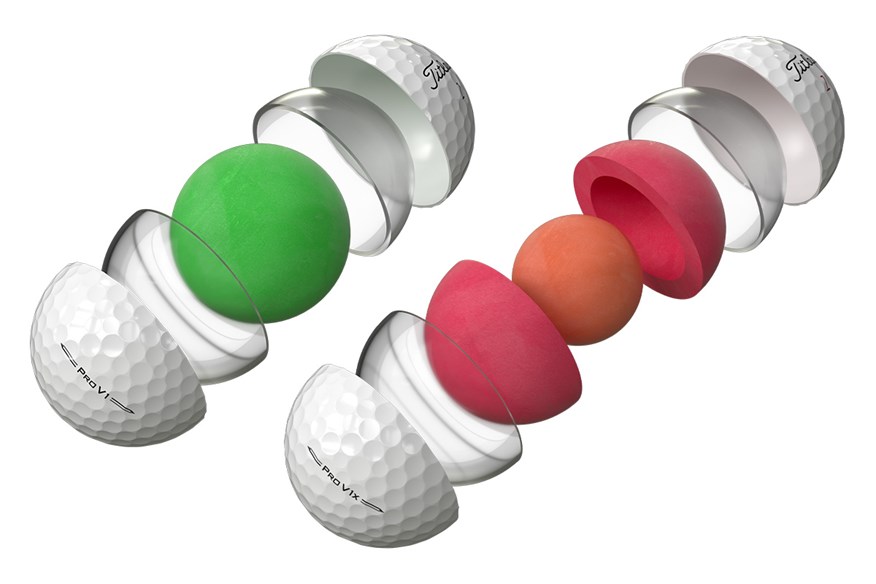
Player Profiles: What should we expect?
With a healthy majority of tour pros opting for Titleist’s high-performance balls, it would be surprising to see significant differences between multiple variables as elite players demand a strong all-around performance without compromising one area to get a boost in another. That being said, Titleist does bill the Pro V1 and Pro V1x as being “significantly different and purposely designed to allow different types of golfers to play their best.”
The softer feeling, three-piece Pro V1 construction is pitched at golfers who spin the ball more than they would like and seek a lower launching, penetrating trajectory that encourages more roll-out. Players who fit the firmer feeling, four-piece Pro V1x will likely benefit from a higher spin rate, flight, and steeper descent angle into greens. If your iron shots tend to release more than you’d like, then Titleist says the Pro V1x should be your preferred choice.
Mike Rich, Titleist’s Director of Golf Ball Fitting & Education said: “Pro V1 and Pro V1x differ with regards to three key criteria – flight, spin, and feel. These are the key performance aspects that you should consider when determining the best ball for your game.
“Both the new Pro V1 and Pro V1x feature new high gradient core technology and offer high spin for outstanding control in the short game, with Pro V1x spinning just slightly more, on average. As you progress to full iron shots and the long game, the gap widens a bit and the higher spin rate of Pro V1x is more noticeable.”
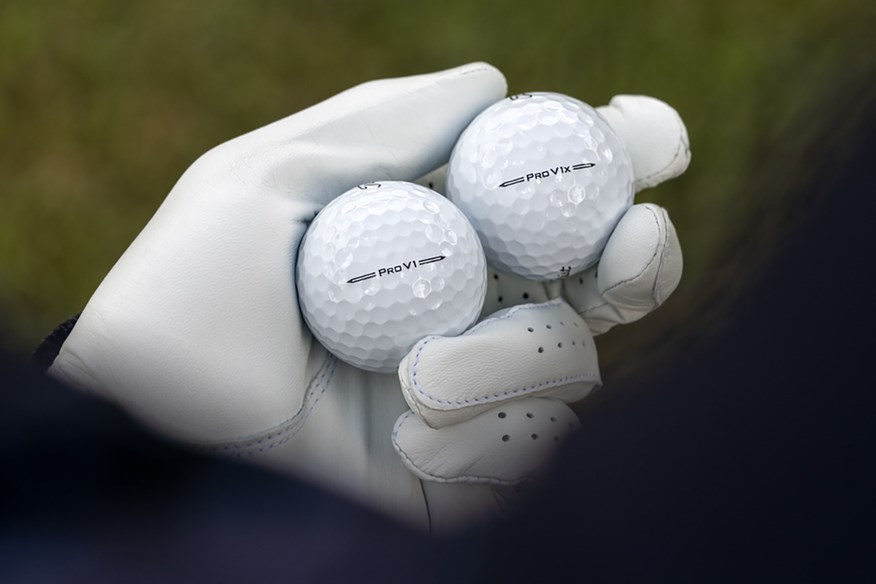
Why do we use a robot to test golf balls?
It’s too easy to simply accept manufacturers’ claims at face value that a golf ball delivers monster distance or heel-digging spin just because the box says so. And given that golf balls are perhaps on repeat prescription more than any other piece of equipment in your golf bag, we believe further digging is more than warranted. It’s why we commandeered a $100,000 robot to take out the guesswork.
As TG Equipment Editor Simon Daddow says: “To accurately gauge performance differences between golf balls you absolutely have to test on a robot. Human testing is crucial for intangibles like feel and looks, but no golfer on the planet has the consistency or stamina to hit shots at the same speed and from the same location again and again as a robot can.
“Thanks to Loughborough’s indoor test lab we created a controlled test environment without the interference of weather conditions, which is a huge concern when hitting thousands of shots down a range over five days. It also meant we could easily retrieve any ball that presented abnormal flight behaviors and slice it open to see if there were any deficiencies in its construction.”
And while there is a degree of systematic error in any testing protocol, we believe our methodology provides a robust, objective, and most importantly, unbiased set of results to help you make better-informed buying decisions and maximize your on-course performance.
So, let’s dive into our head-to-head battle of the Titleist Pro V1 vs Titleist Pro V1x…
The Data: Titleist Pro V1 vs Titleist Pro V1x
Long Game: Driving performance
A quick glance down the percentage differentials across the driving metrics tells you that the models are tightly matched, irrespective of whether you swing it like a pro, or at a more recreational club-level speed. The launch properties are consistent, with the V1x registering slightly more ball speed at swing speeds of 100 and 115 mph.
Interestingly, despite expecting to see a higher spin rate in the V1x at the faster driver swing speeds, the balls reported differences of less than 1%. Only at a swing speed of 85 mph did the V1x see a decent bump in backspin of over 100 rpm.
Given the similarities in launch characteristics, the GC Quad launch monitor reported balanced carry distances between the balls at all swing speeds. It suggests choosing between the models based on long-game performance alone could be misjudged and supports Titleist’s rationale for fitting golfers from the green backward.
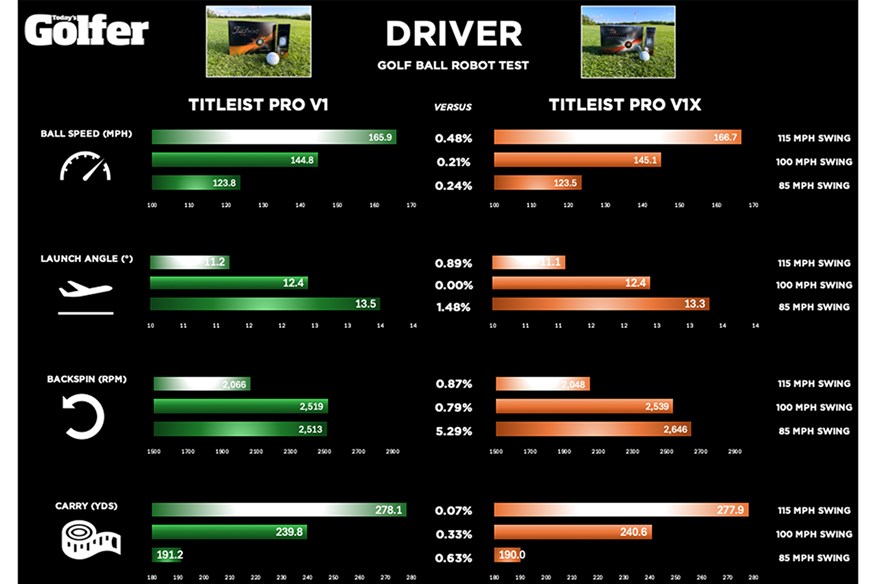
Approach Play: 7-Iron performance
Moving to the approach, the V1x delivered 241 rpm more spin on average than its counterpart as hypothesized. It did not, however, demonstrate a higher launch angle, peak height, or descent angle. Based on this data, any superior stopping power of the V1x from around 150 yards is a consequence of higher spin rates and not necessarily due to trajectory.
The original V1 model reported a higher ball speed (0.4 mph) and greater carry distance (1 yds) which for high-level golfers may be an important consideration.
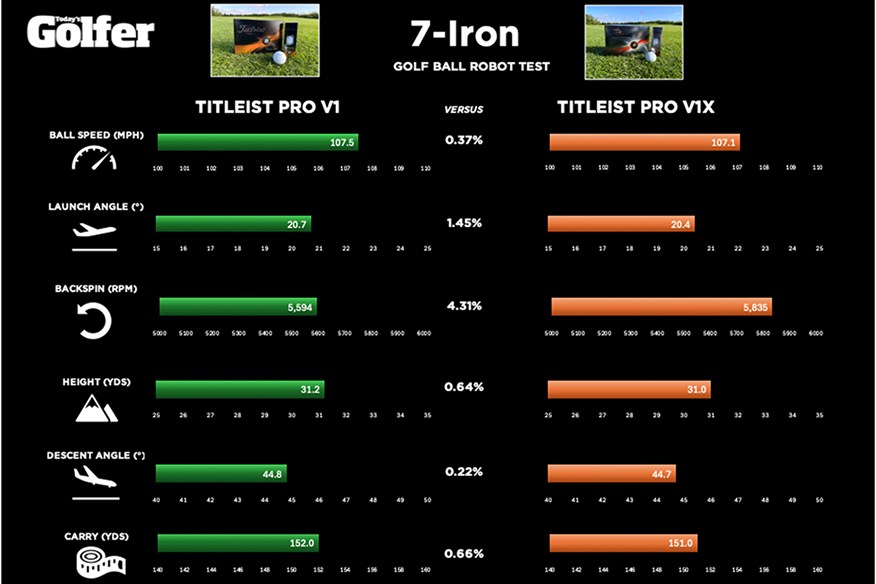
Short Game: Pitching wedge performance
Titleist say both models offer high spin for outstanding control in the short game, with the V1x spinning just slightly more, on average. Our test supports this with the V1x spinning 355 rpm more than the V1 with a pitching wedge in hand/iron fist.
Carry distances were again highly balanced, but perhaps the most surprising result was the significantly smaller shot area (5.44 yds2) produced with the V1x. That said, the V1 delivered the smaller shot area when averaged over driver, 7-iron, and PW (17.6 v 25.4 yds2), so this finding should be interpreted with caution.
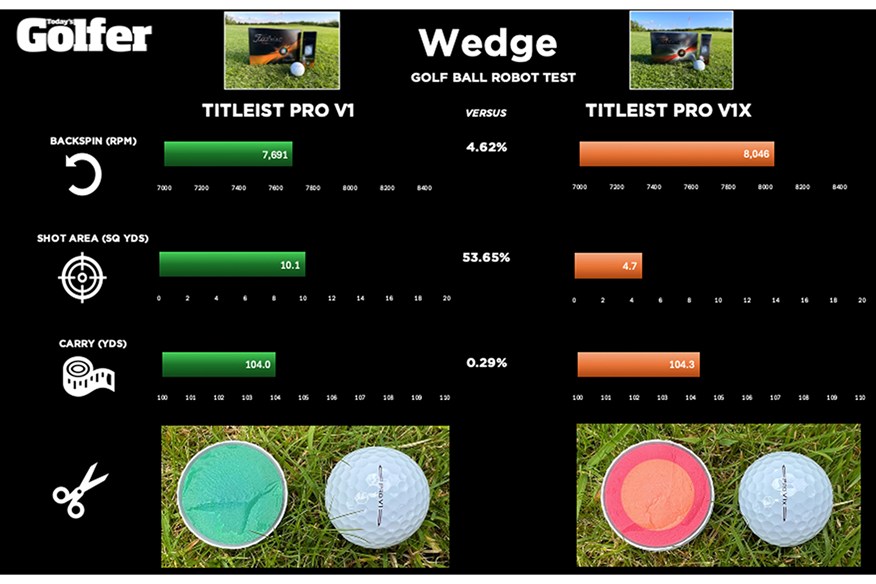
Final Verdict: Titleist Pro V1 vs Titleist Pro V1x
Take-home messages
- Our test did not report noteworthy differences between the two models with driver.
- The V1x produced higher spin rates on approach shots (4.3%).
- Peak height and descent angle were tightly matched on approach shots.
- The V1x produced higher spin rates with a pitching wedge (4.6%).
- The V1x demonstrated more accuracy for shorter approach shots.
Which ball is better suited to your game?
At a cost of £4.17/$4.58 per ball, both of Titleist’s flagship balls sit toward the top end of the market, without being the most expensive. That title this year belongs to the Callaway Chrome family.
Our robot-tested data points to the V1x as being the more favorable ball across the board, producing greater spin rates with mid and short irons without compromising on ball speed and carry distance. Unless you put a real premium on a softer feel, which the V1 will provide due to its three-piece construction, or generate above-average levels of spin on approach shots, it’s hard based on our data to find many arguments for not gaming the V1x model, regardless of ability. The V1x even ranked six places higher for consistency of results, finishing 8th overall on test and ranking the 4th most consistent for ball speed.
View offers and find out more…
Price per ball £4.17 / 0.21p per yard
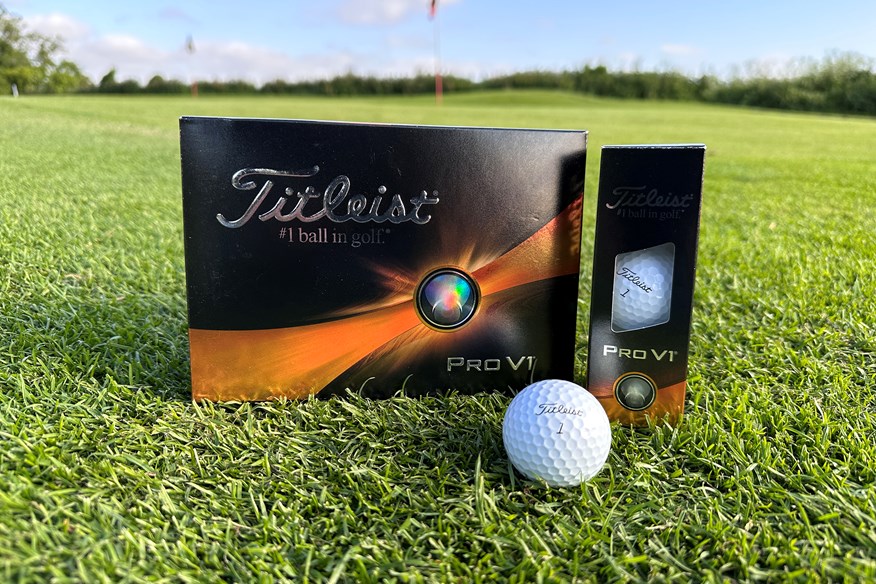

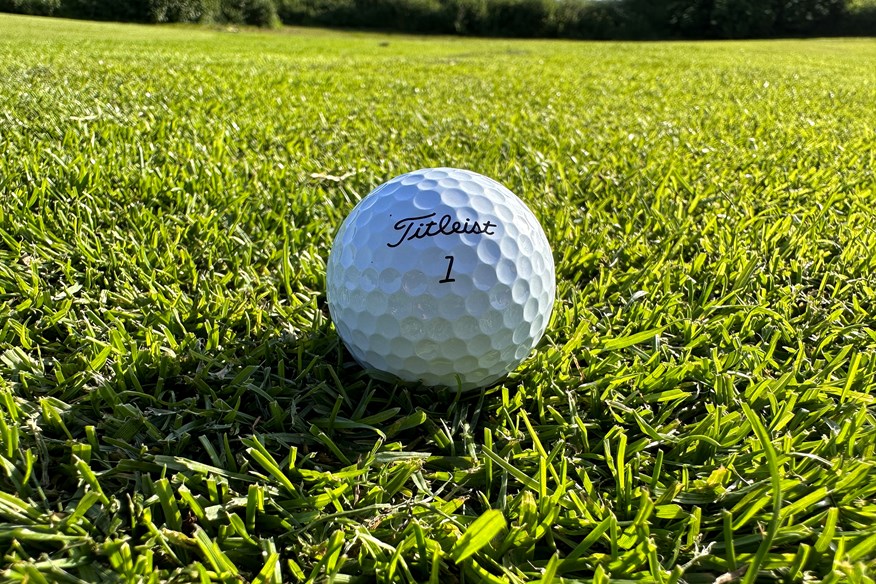
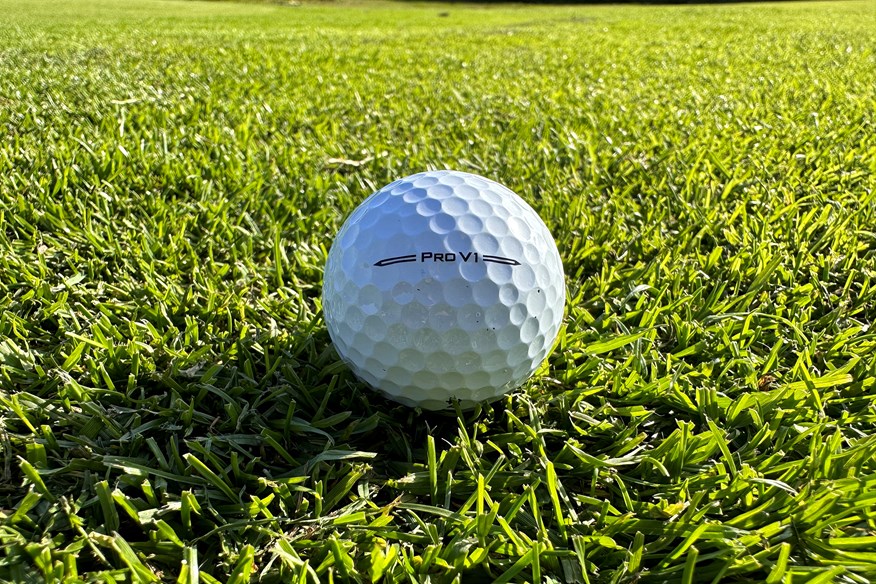
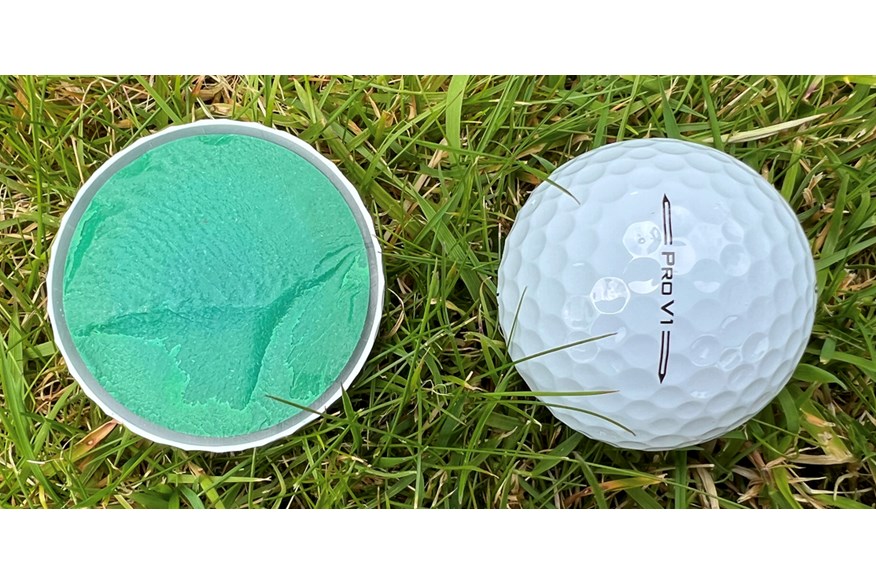
Expect a softer feel (than the Pro V1x), along with Drop-and-Stop greenside control. If you don’t specifically want a higher ball flight and long game spin, this is Titleist’s best ball for you. The ball of choice for Scottie Scheffler, Viktor Hovland, and Tony Finau.
Read our full Titleist Pro V1 (2023) golf ball review.
Pros
- This is the market-leading golf ball
- A firm favorite on tour
- You get a softer feel
Cons
- The Titleist Pro V1x is longer and spins more with an iron and wedge
| Construction | 3-Piece |
| Cover | Urethane |
| Cost per ball | £4.17 |
Price per ball £4.17 / 0.21p per yard
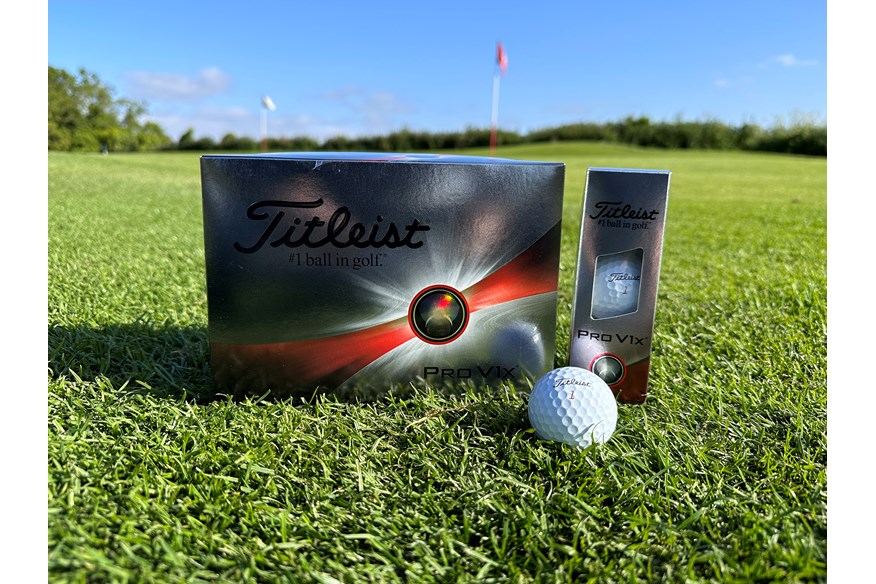

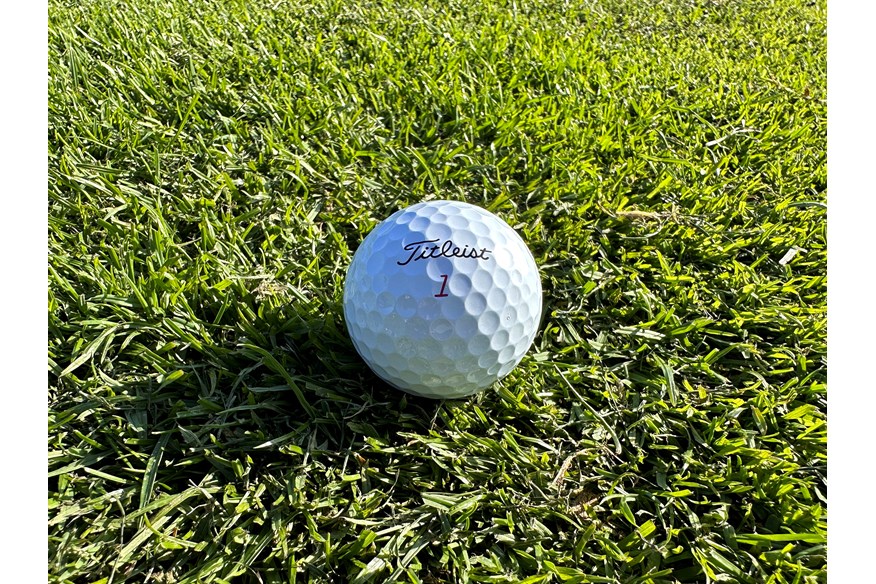
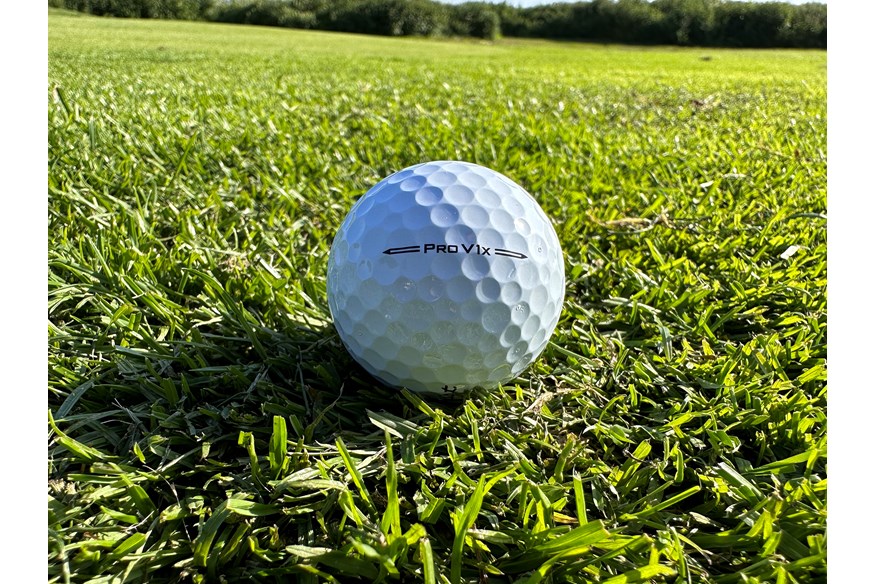
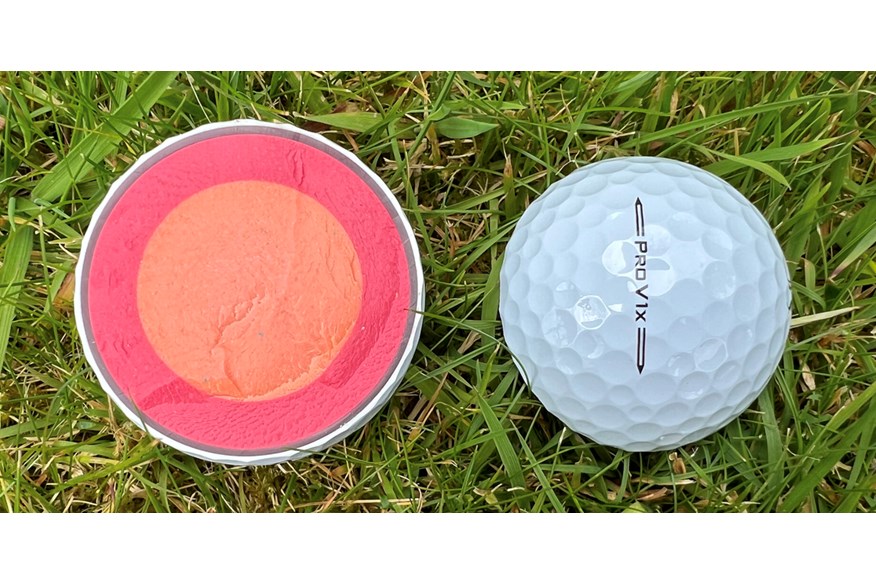
Typically, the Pro V1x offers golfers a little more ball speed, Justin Thomas, Jordan Spieth, and Matt Fitzpatrick all play the model out on tour.
Read our full Titleist Pro V1x (2023) golf ball review.
Pros
- You get more spin where you need it over the Pro V1
- The firmer compression offers up more ball speed than the Pro V1
- A very solid performer for accuracy and consistency
Cons
- Bar the hefty price the Pro V1x is hard to fault
| Construction | 4-Piece |
| Cover | Urethane |
| Cost per ball | £4.17 |
